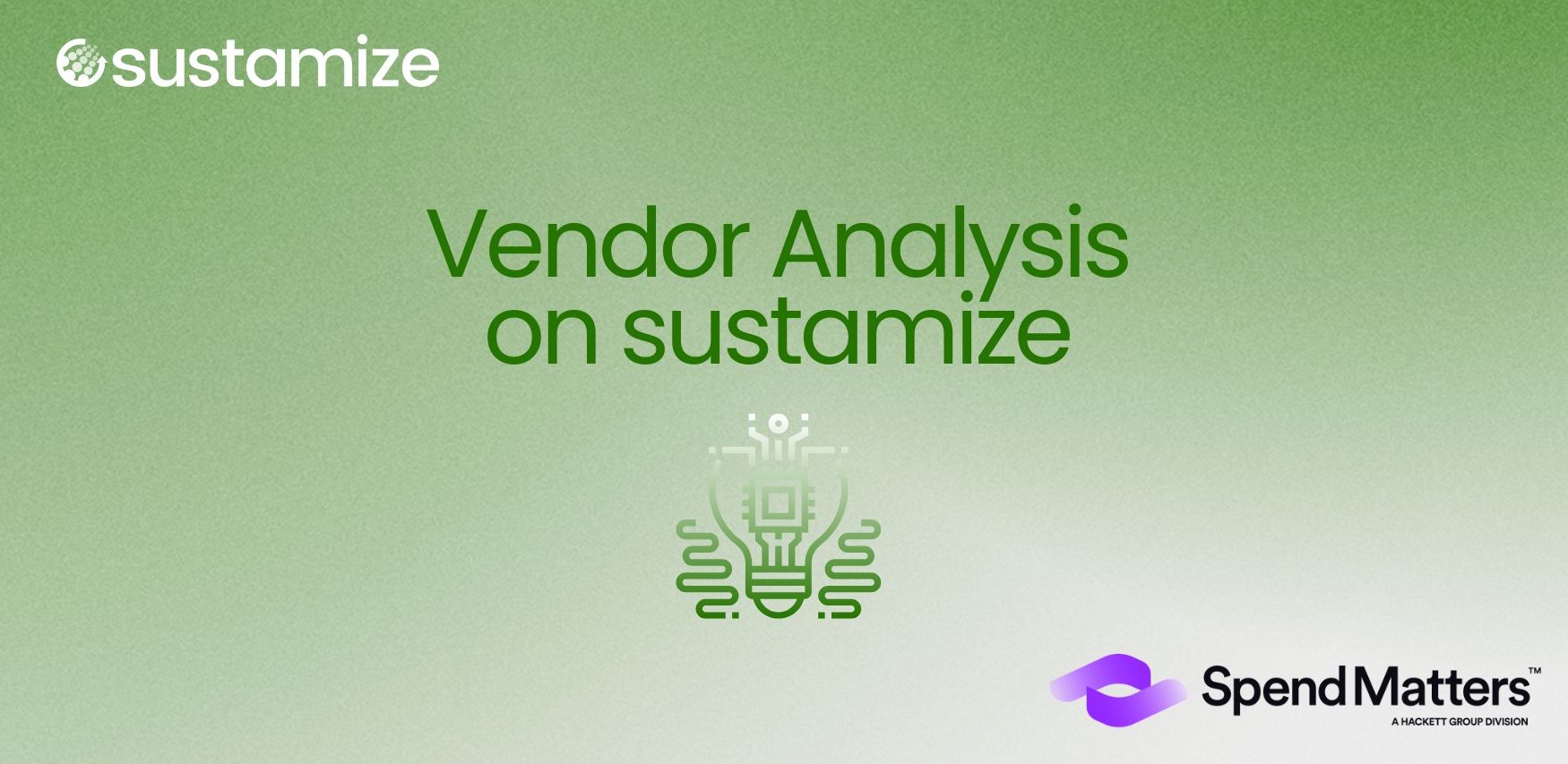The Key Features of a Strong Materials Database
CO2 values for metal alloys, polymers, composites and recycling materials.

Summary
- The calculation of Product Carbon Footprints and upstream emissions requires accurate and up-to-date CO2 data.
- Resorting to secondary data when calculating a product's & supply chain carbon emissions is inevitable due to missing primary data, complex supply chains and poor transparency.
- Secondary data quality is paramount to ensure a low error-rate and the best possible results.
- A material CO2e database enables the completion of the necessary data for a PCF's calculation.
- A solid material CO2e database should be extensive, dynamic, up-to-date, supported by industry know-how and regularly enriched by further calculations.
Having access to reliable data on materials' emission values is essential for the calculation of accurate Product Carbon Footprints ("PCFs") and for the carbon accounting of an organization's upstream activities.
Primary and secondary data
Primary data, which is the data provided by the emissions' sources themselves (e.g. suppliers, logistics companies etc.), is the most accurate and authentic data and thus, makes it the one with the highest quality. However, obtaining emissions information from suppliers is often challenging and can be lengthy due to complex supply chains and lack of transparency. That is where secondary data or "reference data" enter into play. Secondary data will complete the gap of missing primary data with information stemming from a variety of sources such as published scientific research, public and official national statistics, company websites, and existing LCI databases (Ciroth et al., 2019).
The issue with secondary data is that CO2 values are still often missing or incomplete for specific materials or processes, as secondary databases are often outdated and do not reflect the latest published results, updates, etc. For instance, countries' energy mixes are rapidly changing according to technical, economic and geo-political developments, as shown by the current energy crisis and the massive investments in renewables.
Dynamic data
As opposed to a static database (one that is established and remains unchanged), a dynamic database pertains data that is periodically updated, meaning that its information changes as newer, more accurate information becomes available. A dynamic materials database provides therefore high-quality secondary data for CO2 equivalent emissions (“CO2e”) related to the production of metal alloys, polymers and composites. It should contain emission values for the most common compositions used by the industry.
In the dynamic sustamize Materials Database, which belongs to the greater Product Fooptrint Engine (PFE), CO2 values are based on own expert-led calculations using a highly efficient bottom-up calculation method as well as on published lifecycle assessment (LCA) studies and various reliable sources. Additionnally, the modelling and calculation of the reference data is validated by a 3rd Party to ensure an even higher degree of quality. As it is dynamic, the data is regularly updated taking into account material and process innovations, technological developments, efficiency improvements and calculation methodologies.
An extensive panel of geographical locations and manufacturing processes is also provided, ideal for simple to complex scenario analyses which, in turn, provides more flexibility and insights for CO2e-optimization measures. The aim of an extensive material database is to provide CO2e-values of the different production steps of common metal alloys, polymers and other materials which are used in the manufacturing of final products in nearly all industries.
The database covers all typical material groups (see figure below) and pertains data from 124 countries.



Benefits of an extensive database for material reference data.
Sufficient secondary CO2e data on material for LCAs is an absolute necessity to complete missing primary data and enable solid PCF calculations. That is why sustamize developed its own calculated and modelled reference database, called Product Footprint Engine (PFE). The PFE's dynamic databases' broad scope and detail is ensured by regular expert-led updates and dataset enrichment supported by industry know-how, AI and a unique calculation method. Furthermore, the PFE has ben verified by GUTcert according to ISO 14064-3:2019-04 requirements, approving the suitability and plausibility of its data's calculation methodology.
Simple and uncomplicated access
There are several ways you can access the PFE's extensive data:
1. Directly through our sustamizer®
View the data directly in our Product Footprint Engine.
2. Access via 3rd party software providers.
View the list of software firms providing our dynamic CO2 data within their solutions.
3. Integration
Integrate our database into your own software solution via API integration to provide it to your customers or integrate it directly into your controlling tool.
Want to know more about the Product Footprint Engine, the materials database's content and how to get access to it? Contact us.
Related to this article:



.jpg)
